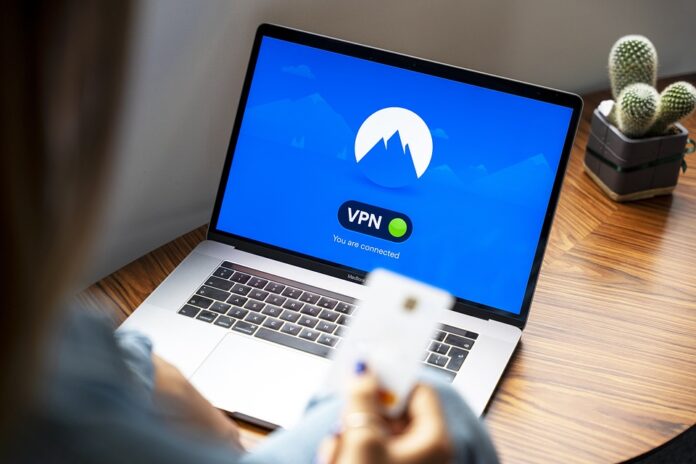In today’s digital age, sharing files online has become a common practice. But with the rise of cyber threats, it’s essential to take steps to keep your files secure when sharing them online. Here are the top 10 ways to ensure the safety of your files:
1. Use Strong Passwords:
One of the easiest ways to keep your files secure when sharing online is to use strong passwords. Make sure your password is unique and includes a combination of letters, numbers, and special characters. Avoid using easily guessable passwords such as “123456” or “password.”
2. Encrypt Your Files:
Another effective way to protect your files when sharing them online is to encrypt them. Encryption scrambles your file data, making it unreadable to anyone who does not have the decryption key. There are many encryption tools available online that can help you secure your files before sharing them.
3. Use Secure File Transfer Methods:
When sharing files online, it’s crucial to use secure file transfer methods to prevent unauthorized access. Avoid sending sensitive information via email, as emails are susceptible to hacking. Instead, use secure file transfer services like Dropbox, Google Drive, or WeTransfer, which offer encrypted connections for file sharing.
4. Enable Two-Factor Authentication:
Two-factor authentication adds an extra layer of security to your file sharing process. This method requires you to enter a verification code sent to your mobile device or email in addition to your password. By enabling two-factor authentication, you can ensure that only authorized users have access to your shared files.
5. Limit Access Permissions:
When sharing files online, it’s essential to limit access permissions to only those who need to view or edit the files. Most file sharing services allow you to set permissions for each user, restricting their ability to download, copy, or share the files. By limiting access permissions, you can reduce the risk of unauthorized access to your sensitive data.
6. Regularly Update Your Software:
Keeping your software up to date is essential for maintaining file security when sharing online. Software updates often contain patches for security vulnerabilities that hackers can exploit to access your files. Make sure to regularly update your operating system, antivirus software, and file-sharing applications to stay protected.
7. Use Secure File Sharing Platforms:
When choosing a file-sharing platform, opt for reputable and secure services that prioritize data protection. Look for platforms that offer end-to-end encryption, secure file storage, and robust access controls. Avoid using unknown or unreliable file-sharing services that may compromise the security of your files.
8. Educate Users on Security Best Practices:
If you are sharing files with a team or group of individuals, take the time to educate them on security best practices. Teach them how to create strong passwords, recognize phishing emails, and securely share files online. By raising awareness about cybersecurity, you can prevent potential security breaches and protect your shared files.
9. Monitor File Activity:
To detect any suspicious activity or unauthorized access to your shared files, monitor file activity regularly. Many file-sharing platforms offer features that allow you to track who has accessed, edited, or downloaded your files. By monitoring file activity, you can quickly identify and address any security threats to your shared files.
10. Backup Your Files:
Lastly, always remember to back up your files regularly to prevent data loss in case of a security breach. Store backup copies of your shared files on an external hard drive, cloud storage, or a secure server. Having backups ensures that you can recover your files quickly and effectively in the event of a security incident.
In conclusion, keeping your files secure when sharing online requires a proactive approach to cybersecurity. By following these top 10 ways to protect your shared files, you can ensure the confidentiality and integrity of your data in the digital world. Stay vigilant, stay informed, and prioritize security when sharing files online.


